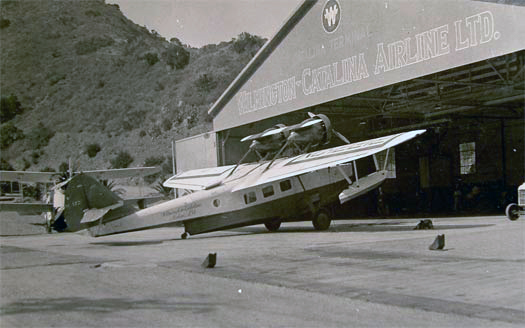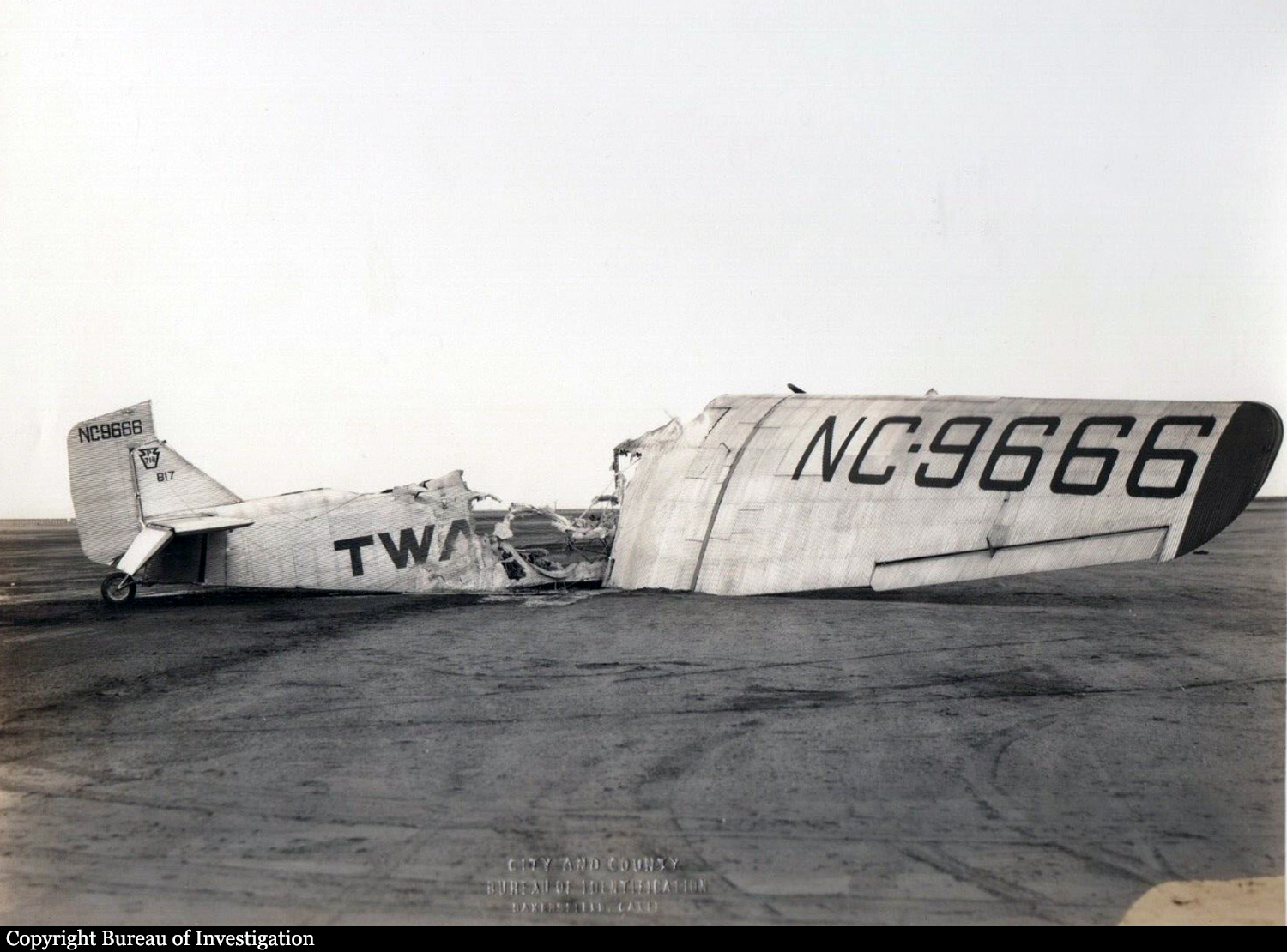Crash of a Keystone Y1B-4A near Palmdale
Date & Time:
Feb 28, 1934
Registration:
30-281
Survivors:
Yes
Schedule:
March – Las Vegas
Crew on board:
5
Crew fatalities:
Pax on board:
0
Pax fatalities:
Other fatalities:
Total fatalities:
0
Circumstances:
En route from March AFB to Las Vegas, the crew encountered problems and was forced to attempt an emergency landing. The aircraft crash landed some 32 km east of Palmdale and came to rest. All five crew members evacuated safely and the aircraft was damaged beyond repair.
Probable cause:
Emergency landing due to a fuel management error.









